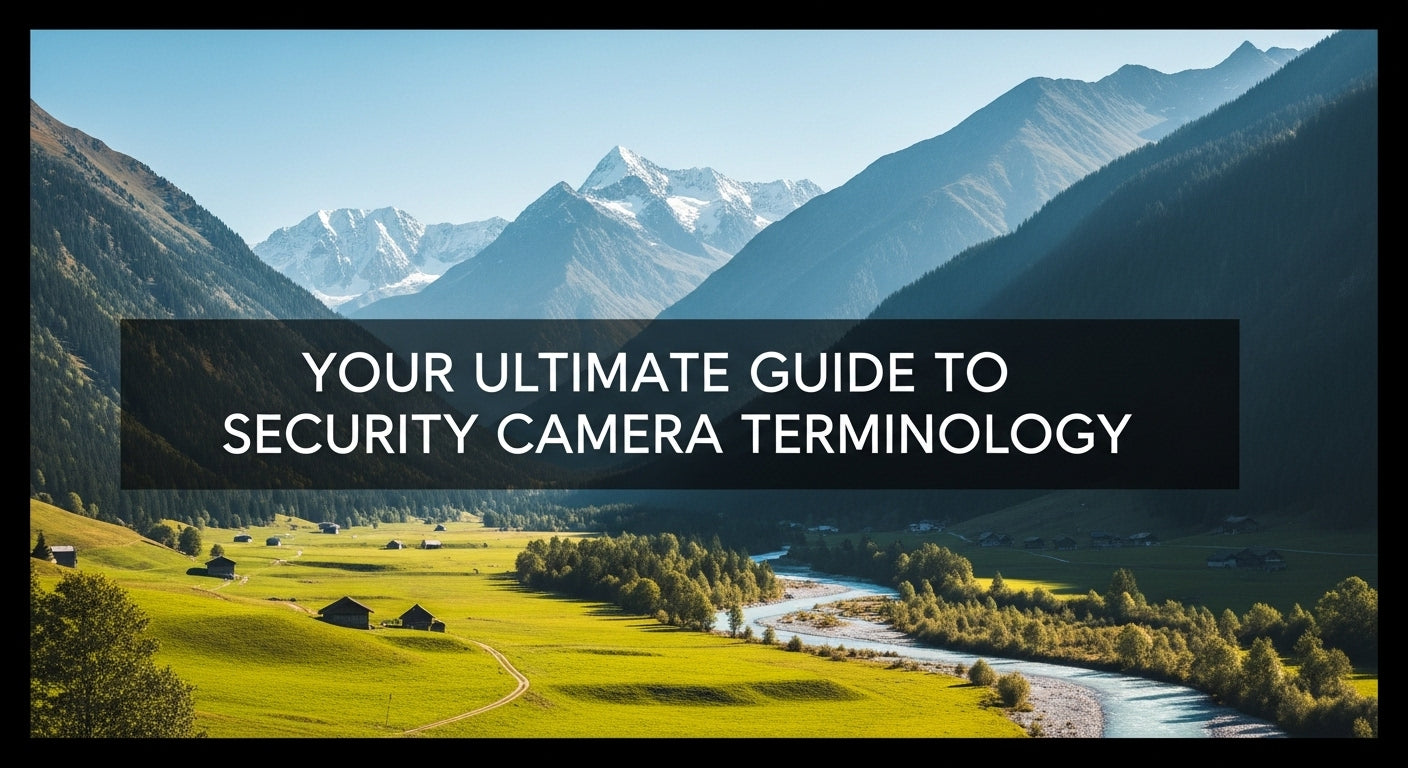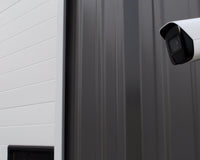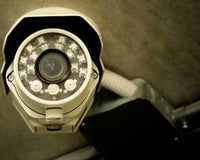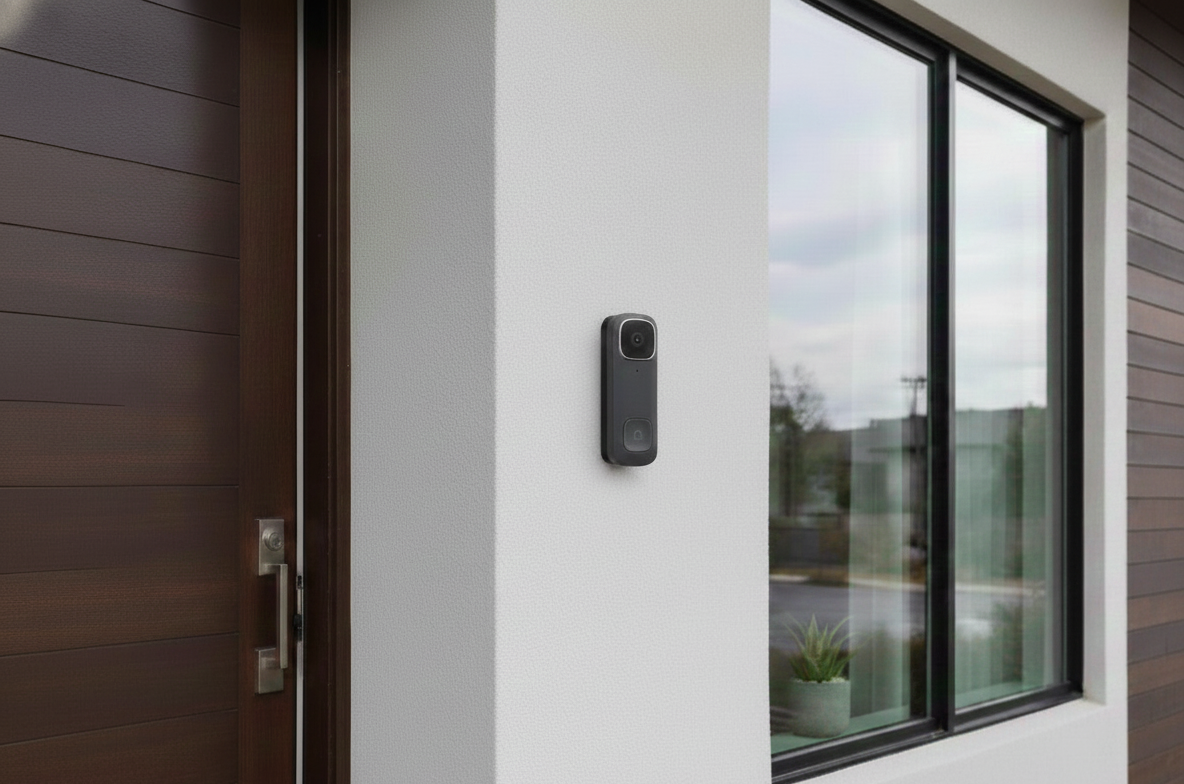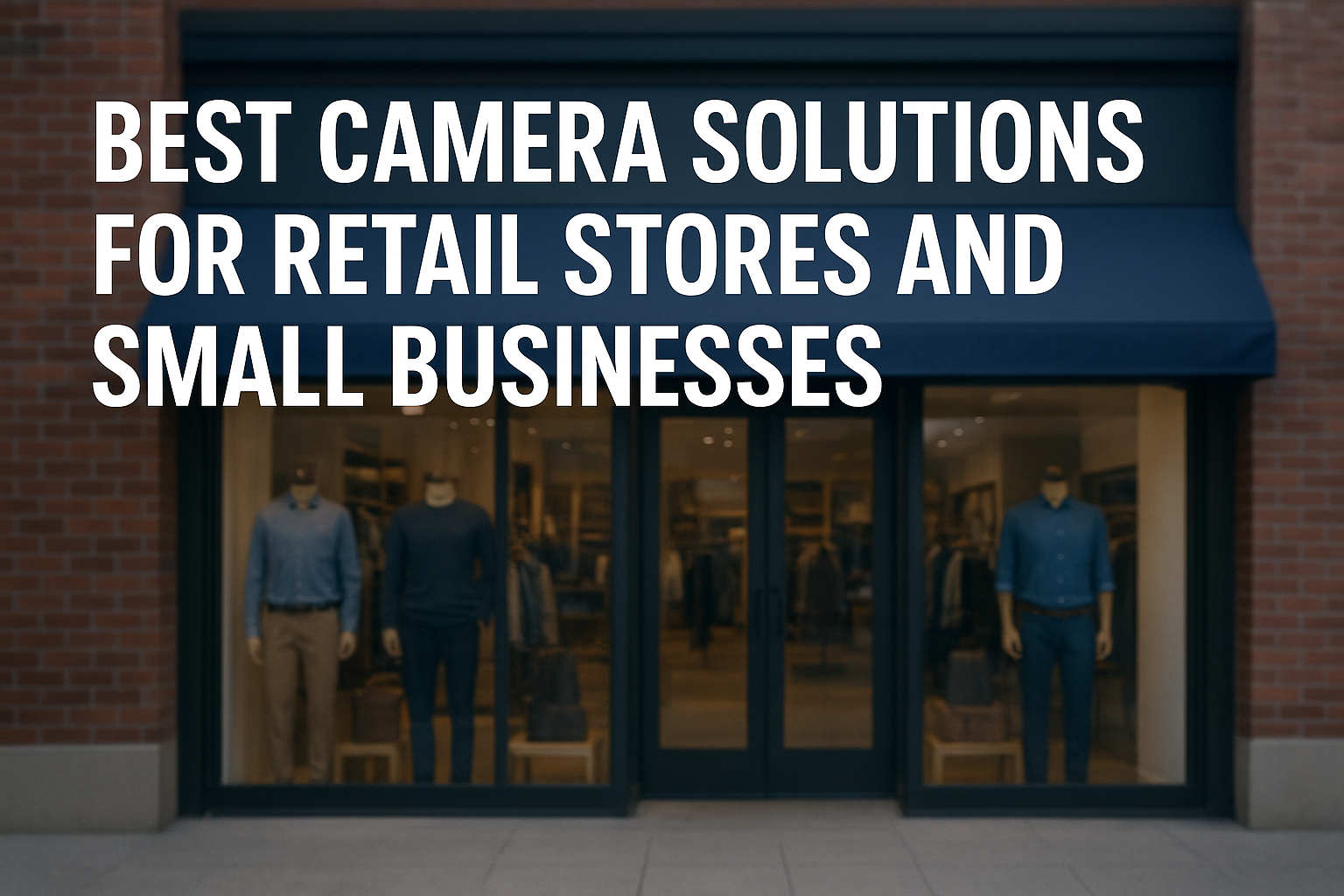Choosing a security camera system can feel like learning a new language. NVR, PoE, 4K, IVS—the list of technical terms goes on. But understanding this terminology is the key to building a system that truly protects your home or business.
This in-depth guide will not only define the jargon but also explain why it matters to you. We'll turn technical specs into real-world benefits, so you can choose your system with confidence.
The Core Components
1. NVR (Network Video Recorder)
The NVR is the central hub or "brain" of your entire security system. It's a dedicated device with a built-in hard drive that records and stores video from all your connected IP cameras. An NVR is built for continuous, stable recording, ensuring reliability. Since your footage is stored locally, you maintain privacy and avoid monthly subscription fees for storage. It also provides centralized management, allowing you to view cameras, watch footage, and configure settings from one place.
2. IP Camera (Internet Protocol Camera)
An IP camera is a digital camera that sends and receives video data over a network. As the modern standard, IP cameras have replaced older analog (CCTV) cameras because they offer vastly superior image quality and advanced features like smart motion detection.
3. PoE (Power over Ethernet)
PoE is a technology that allows a single Ethernet cable to transmit both data and electrical power to your IP cameras. This simplifies installation immensely, as you no longer need a separate power outlet near every camera. A wired PoE connection is also more stable and reliable than Wi-Fi, as it isn't susceptible to signal dropouts or interference.
Key Video & Audio Features
4. Resolution (e.g., 2K, 4K)
Resolution measures the amount of detail a camera can capture, expressed in pixels. Higher resolution, such as 4K (3840 x 2160 pixels), means a sharper, clearer image. This allows you to digitally zoom in on recorded footage and still see critical details like faces or license plates from a distance. For evidence, clarity is everything.
5. Field of View (FOV)
The Field of View is the total area, measured in degrees, that a camera can see. This is determined by the lens. A wide-angle lens (e.g., 2.8mm) is perfect for covering broad areas like a backyard or parking lot. A narrow lens (e.g., 4mm or higher) is ideal for monitoring a specific, distant point like a gate or doorway, capturing greater detail in a smaller area.
6. Night Vision (Infrared & Color)
Night vision is the camera's ability to see in low-light and no-light conditions.
-
Infrared (IR) Night Vision uses invisible IR illuminators to produce a black and white image in complete darkness. The "IR distance" in a camera's specs tells you how far it can see.
-
Color Night Vision uses highly sensitive sensors and supplemental lighting to capture video in full color in low-light conditions. This can be a game-changer for identifying details like the color of a car or a person's clothing at night.
The "Smart" Features
7. Smart Motion Detection (SMD)
This advanced form of motion detection uses AI to differentiate between humans, vehicles, and other types of motion. Traditional motion detection is triggered by any pixel change—rain, bugs, or shadows—leading to hundreds of false alerts. SMD filters out this "noise" so you are only notified of events that truly matter, turning your system into a powerful security tool instead of a constant annoyance.
8. IVS (Intelligent Video Surveillance)
IVS is a set of smart rules you can draw on your camera's view to monitor for specific behaviors. This takes security to the next level by allowing you to create custom alerts for specific scenarios:
-
Tripwire: Draw a line across a driveway to get an alert only when a vehicle crosses it.
-
Intrusion Detection: Draw a box around a sensitive area, like a tool shed, to be notified if a person enters it.
We hope this guide has demystified the world of security cameras. By understanding these key terms, you're now better equipped to choose a system that will serve and protect you for years to come.

